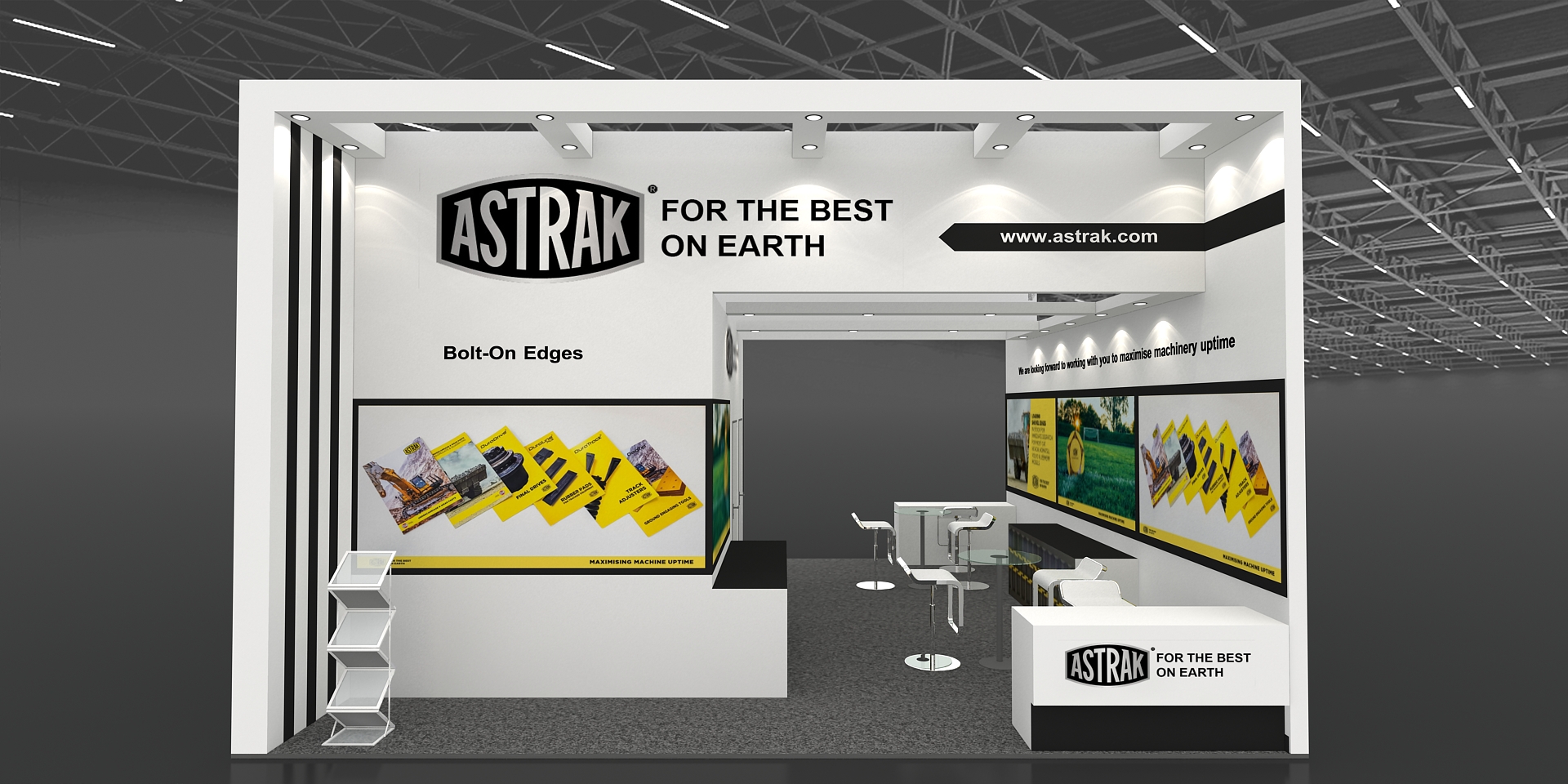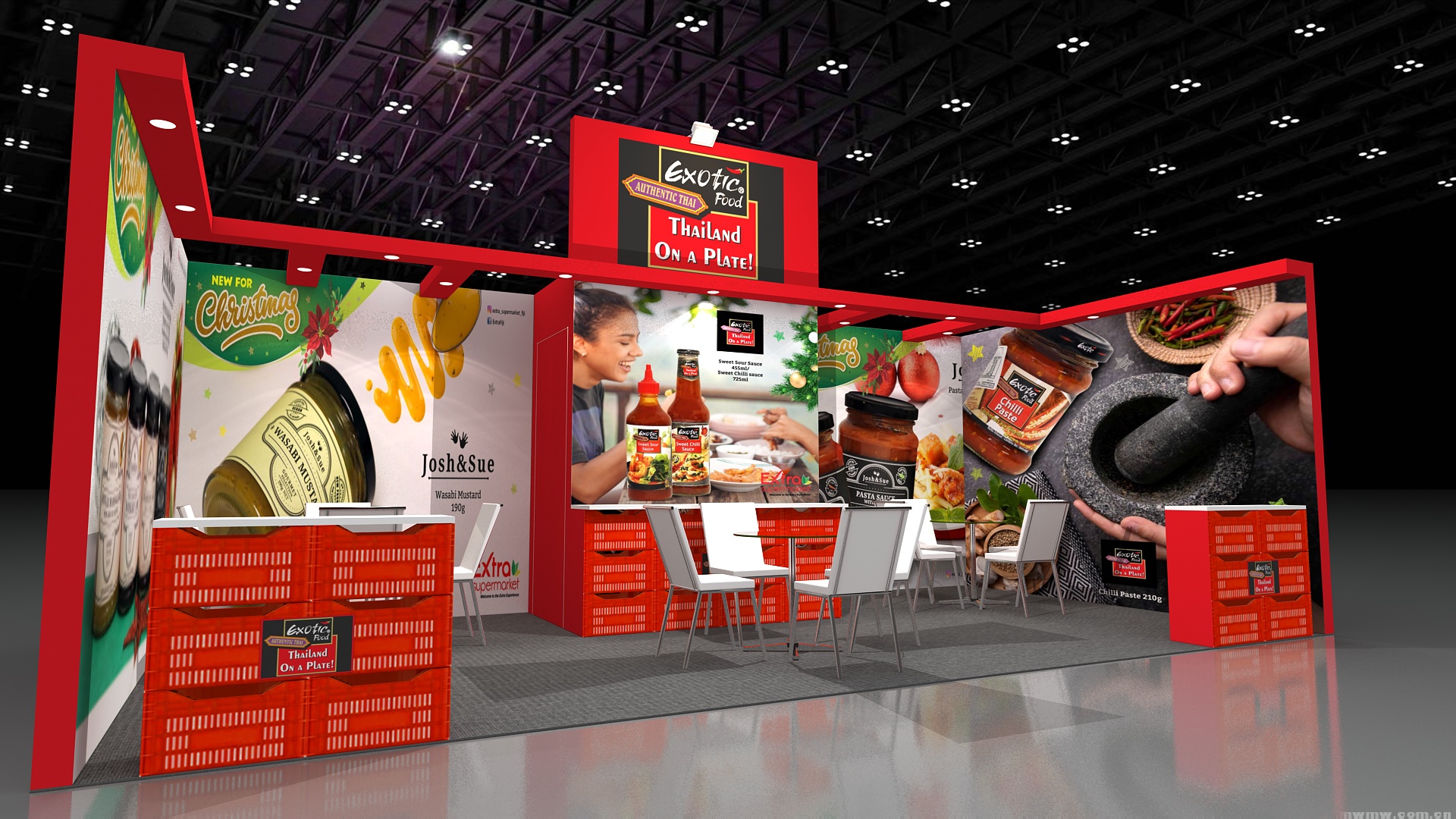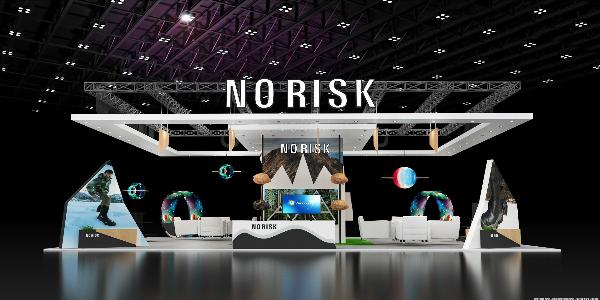 High-Converting Funnels – From Ad Click to Final Sale!
High-Converting Funnels – From Ad Click to Final Sale!
Crafting the Ultimate Exhibition Stand: A Detailed Guide to Success
Written by Ava Martin » Updated on: June 17th, 2025

Trade shows and industry exhibitions provide businesses with invaluable opportunities to showcase their offerings, engage with prospective clients, and elevate their brand visibility. At the center of these opportunities lies the exhibition stand—more than just a booth, it’s a visual statement of your brand that can attract attention, foster interactions, and help you achieve your event objectives. This guide dives deep into the key aspects of designing and constructing an exhibition stand, offering practical tips and strategies to ensure your presence stands out.
The Importance of an Exhibition Stand
Your exhibition stand is the face of your company during events, directly impacting how people perceive your brand. It’s not just about being seen; it’s about creating an experience that resonates with visitors. A well-designed stand must:
Showcase your brand identity: The design should align with your company’s visual and cultural branding.
Function effectively: It should provide enough space for products, presentations, and team interactions.
Encourage engagement: A welcoming, open layout invites attendees to step in and learn more about your offerings.
Key Principles for Designing a Winning Exhibition Stand
Effective exhibition stand design is the foundation of your event presence. Consider these essential design principles to create a stand that captivates and engages.
a. Enhancing Visibility
In a crowded exhibition hall, visibility is key. Your stand needs to stand out and draw attention from afar.
Make use of height: High structures and overhead banners make your booth visible from different parts of the venue.
Bold visuals: Large, eye-catching graphics can grab attention quickly, even from a distance.
Lighting: Effective lighting can spotlight key areas and create a welcoming atmosphere.
b. Consistency with Brand Identity
Maintaining brand consistency across your exhibition stand is essential for reinforcing recognition and trust.
Logo placement: Ensure your logo is prominently displayed and easy to spot from multiple angles.
Colors and materials: Align the colors and textures of your stand with your brand’s identity to create a cohesive look.
c. User-Friendly Layout
The layout of your stand should be intuitive and easy for visitors to explore.
Open, uncluttered spaces: Leave plenty of room for people to move freely without feeling cramped.
Distinct zones: Create specific areas for demonstrations, discussions, and displays to guide visitors through a clear flow.
d. Incorporating Interactive Elements
Your display can become more memorable and engaging with interactive elements.
Digital touchpoints: Touchscreens and multimedia displays allow for dynamic presentations of your products.
Product demos: Letting visitors experience your product firsthand can leave a lasting impression.
Gamification: Interactive games, competitions, or challenges can draw crowds and create a fun, engaging atmosphere.
Practical Considerations for Exhibition Stand Construction
Beyond design, the logistics of building your stand are critical to its success. Budget, transportation, and sustainability are important factors that influence the final outcome.
a. Setting an Appropriate Budget
Exhibition stands vary greatly in complexity and cost. Establishing a clear budget will help guide decisions about materials, technology, and services.
Modular stands: These flexible designs can be reused for future events, reducing costs in the long run.
Material selection: Lightweight materials can cut shipping costs and simplify setup, while durable ones ensure the stand lasts through multiple events.
Hidden costs: Don’t overlook extra expenses like electricity, furniture rentals, or on-site services.
b. Logistics and Planning
Careful planning ensures smooth delivery, setup, and breakdown of your stand.
Shipping and transport: Make sure to arrange reliable transport for your stand, especially if it’s large or has multiple components.
Installation and dismantling: Work with stand builders who can handle quick and efficient assembly and teardown.
Compliance with venue rules: Check the specific regulations for the venue regarding height restrictions, safety codes, and power requirements.
c. Sustainability and Eco-Friendly Design
Sustainability is increasingly important in exhibition stand design, as companies look for ways to reduce their environmental footprint.
Reusable materials: Modular stands made from recyclable materials reduce waste and are more cost-effective over time.
Eco-friendly printing: Choose biodegradable or recycled materials for banners and graphics.
Energy-efficient lighting: LED lighting is a popular choice for its longevity and lower energy consumption.
Selecting the Right Exhibition Stand Builder
Choosing the right builder for your exhibition stand is crucial to translating your vision into reality. An experienced and reliable builder can handle all aspects of the process, from design to installation.
a. Review Experience and Portfolio
Look for builders with a proven track record. Reviewing their past projects can give you an idea of their capabilities and design style.
b. Customization vs. Modular Designs
Builders may offer fully customized solutions or modular stands that can be adapted for multiple events. Depending on your needs and budget, choose a builder who can deliver the level of customization or flexibility you require.
c. Additional Services
Some builders provide additional services, including storage, transportation, and on-site support. This can simplify the overall process and reduce the burden on your team.
Maximizing Your Stand’s Impact at the Exhibition
Even the best-designed stand needs a solid strategy for engaging visitors and turning interest into valuable leads.
a. Pre-Event Marketing
Start engaging potential visitors before the event begins. Use email campaigns, social media, and the event’s online platforms to announce your participation, showcase your booth’s location, and promote any special offers or activities.
b. Staff Training
The staff at your booth represent your brand, and they play a vital role in converting visitors into customers. Ensure they are well-trained, approachable, and knowledgeable about your products or services. Their engagement should be both informative and personable.
c. Interactive Strategies
Offer incentives to draw visitors to your stand. Giveaways, free samples, or exclusive discounts can encourage people to stop by. A clear call to action, such as signing up for a demo or joining a mailing list, can help generate leads.
d. Post-Event Follow-Up
Once the exhibition ends, follow-up is key to maintaining connections with prospects. Send personalized emails, share resources, and schedule meetings with leads to turn interest into business opportunities.
Conclusion
An exhibition stand is more than a physical space at an event; it’s a powerful marketing tool that can enhance brand visibility, drive engagement, and generate valuable leads. By focusing on creative design, practical logistics, and strategic engagement, you can create a stand that leaves a lasting impression and delivers strong results. Collaborating with an experienced exhibition stand builder in Munich ensures that your vision is realized and your event runs smoothly. With the right approach, your exhibition stand can be a game-changer for your brand’s growth and success, allowing you to stand out from the competition and connect with your target audience in meaningful ways.
Note: IndiBlogHub features both user-submitted and editorial content. We do not verify third-party contributions. Read our Disclaimer and Privacy Policyfor details.
Copyright © 2019-2025 IndiBlogHub.com. All rights reserved. Hosted on DigitalOcean for fast, reliable performance.
















